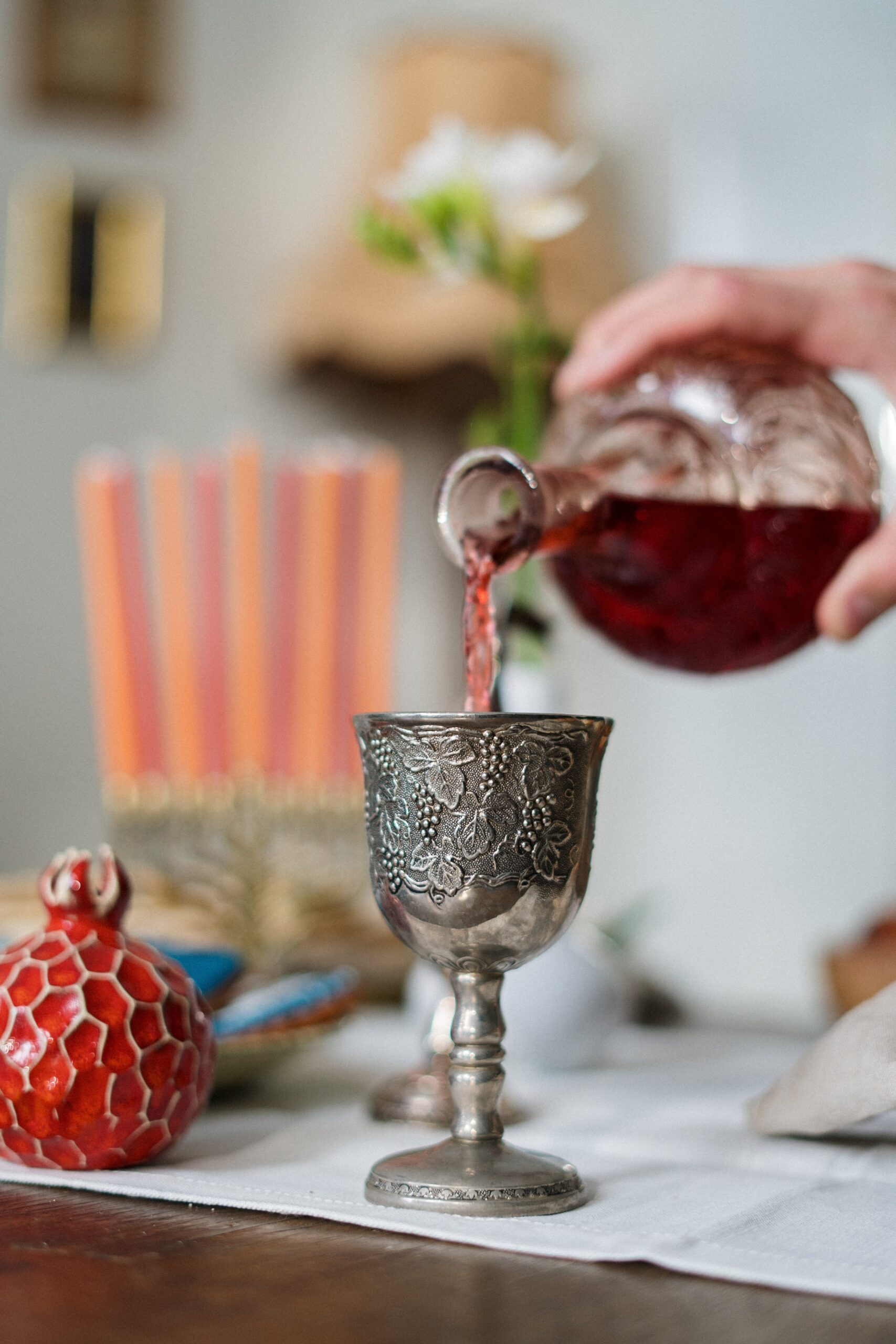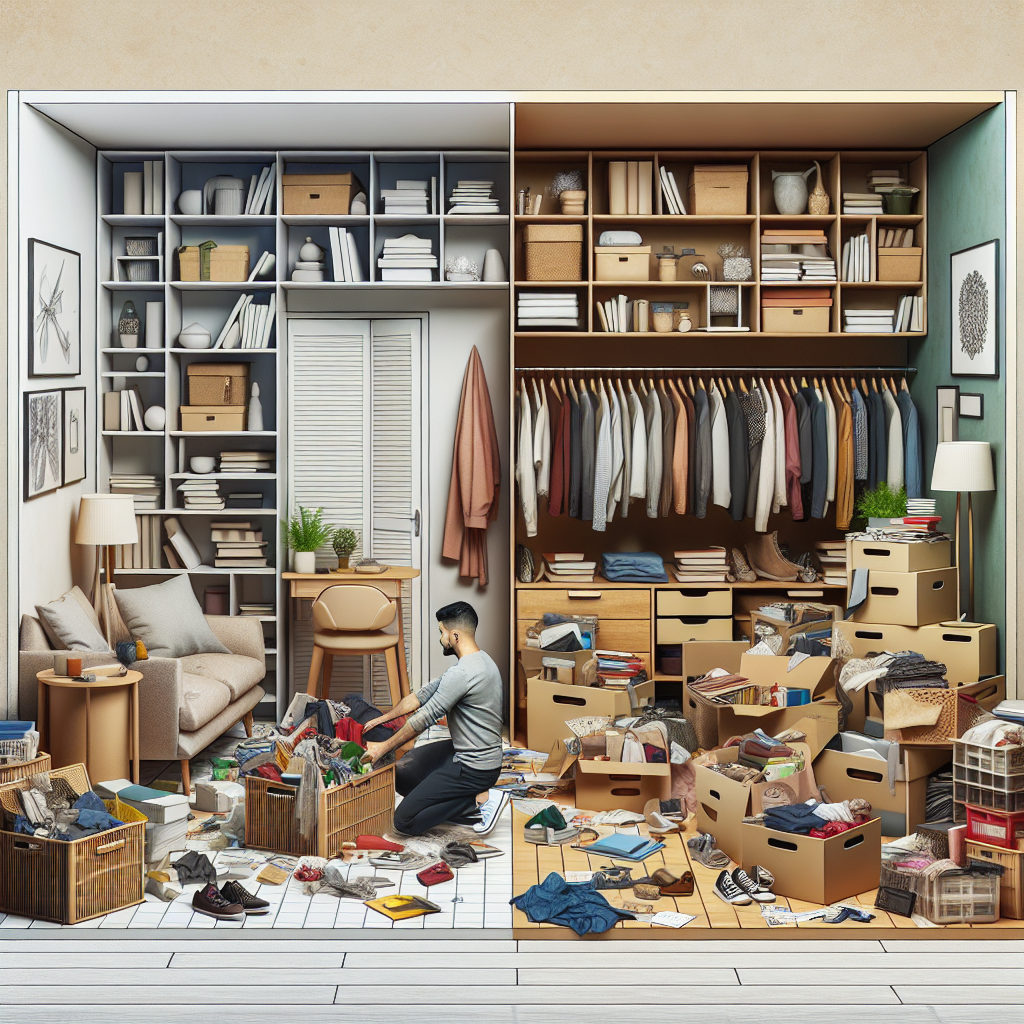
If you’re feeling overwhelmed by the mess that has taken over your living space, it might be time for some serious decluttering. But where do you start? Luckily, we’ve got you covered with some expert tips to get you on your way to a clutter-free home. From creating a plan of attack to tackling one room at a time, these strategies will help you regain control and create a space that feels calm, organized, and inviting. So put on your decluttering hat and let’s get started!

Prepare and Plan
Create a schedule
When it comes to decluttering, creating a schedule can help keep you organized and ensure you allocate enough time to complete the task. Determine how much time you can dedicate each day or week to decluttering and create a schedule accordingly. Setting specific time slots will help you stay on track and prevent the task from becoming overwhelming.
Gather necessary supplies
Before starting your decluttering journey, it’s essential to gather the necessary supplies. Some useful items may include storage containers, trash bags, labels, and cleaning supplies. Make a list of what you’ll need and ensure you have everything readily available before diving into the process. Being prepared will save you time and make the decluttering process more efficient.
Enlist help if needed
Decluttering can be a daunting task, especially if you have a significant amount of belongings to sort through. If you feel overwhelmed or would like some assistance, don’t hesitate to enlist the help of family members or friends. Having an extra set of hands can make the process quicker and more enjoyable. Plus, it can provide a fresh perspective on items you may be contemplating keeping or letting go of.
Start Small
Choose one room at a time
To avoid feeling overwhelmed, start your decluttering journey by focusing on one room at a time. Trying to tackle the entire house in one go can be discouraging and exhausting. By breaking it down into smaller tasks, you’ll be able to see progress more easily and stay motivated along the way.
Focus on one area within the room
Within each room, select a specific area to concentrate on. This could be a closet, a desk, or even a single drawer. By narrowing your focus, you’ll be able to give your full attention to that particular space and make more significant strides in sorting and organizing.
Set achievable goals
When embarking on your decluttering journey, it’s essential to set realistic and achievable goals. Rather than expecting to completely declutter an entire room in one day, break it down into smaller tasks. For example, aim to declutter your closet in one afternoon or organize your bookshelf within a few hours. Setting achievable goals will keep you motivated and allow you to track your progress more effectively.
Sort and Categorize
Designate a sorting system
Before you begin sorting through your belongings, it’s helpful to establish a system for categorizing them. This could involve using different-colored bins or assigning specific areas for each category. Having a clear sorting system in place will make the process more efficient and prevent items from becoming mixed up or misplaced.
Create categories (keep, donate, discard)
To effectively declutter, create categories for your belongings. The most common categories are typically “keep,” “donate,” and “discard.” As you sort through each item, decide which category it belongs to. Items that you use regularly or hold sentimental value should be kept, while items that you no longer need or want can be donated or discarded.
Handle each item only once
To prevent decision fatigue and streamline the decluttering process, aim to handle each item only once. Avoid creating a “maybe” pile that you’ll need to revisit later. Instead, make decisions on whether to keep, donate, or discard each item as you come across it. This will help you make progress more quickly and reduce the chances of getting overwhelmed by your belongings.
Decluttering Techniques
The Four-Box Method
The Four-Box Method is a popular and straightforward technique for decluttering. Grab four large boxes or bins and label them as follows: “keep,” “donate,” “discard,” and “relocate.” As you go through each item, place it in the corresponding box based on its category. This method allows you to visually see the progress you’re making and makes the decluttering process more systematic.
The KonMari Method
Developed by organizing expert Marie Kondo, the KonMari Method focuses on decluttering by category rather than by room. The method encourages individuals to assess each item based on whether it sparks joy in their lives. By breaking down belongings into categories such as clothing, books, and sentimental items, the KonMari Method helps individuals make intentional decisions about what to keep and what to let go of.
The Minimalist Game
The Minimalist Game is an approach that encourages individuals to declutter gradually and consistently over the course of a month. On day one, you remove one item from your home. On day two, you remove two items, and so on, until the end of the month. This method allows you to develop a decluttering habit and gradually decrease the number of items in your living space.

Make Decisions
Consider purpose and usefulness
When deciding whether to keep or discard an item, consider its purpose and usefulness in your life. Ask yourself if the item serves a practical function or brings you joy. If an item is no longer functional or doesn’t contribute positively to your life, it may be best to let it go.
Evaluate sentimental value
Sentimental items can be some of the most challenging to declutter. When faced with sentimental belongings, evaluate their true significance in your life. While it’s essential to cherish and keep items that hold deep sentimental value, it’s also important to be selective and avoid holding onto unnecessary clutter for purely sentimental reasons.
Identify duplicates or similar items
Many of us accumulate duplicates or similar items over time without realizing it. When decluttering, pay attention to these duplicates and consider whether you truly need multiple versions of the same item. Keeping only what is necessary will help reduce clutter and make organization more manageable.
Organize and Store
Invest in storage solutions
To maintain a clutter-free environment, it’s essential to invest in appropriate storage solutions. Seek out storage containers, bins, shelves, or organizers that fit your specific needs. By having designated spaces for your belongings, you’ll be able to keep them organized and easily accessible.
Use clear containers and labels
When storing items, opt for clear containers whenever possible. Clear containers allow you to see the contents without having to open or search through multiple boxes. Additionally, labeling each container or bin will make it easier to locate specific items and help maintain an organized system in the long run.
Create designated spaces for different items
To avoid clutter from accumulating, create designated spaces for different categories of items. Assign specific shelves or areas for books, electronics, or sentimental belongings. By having designated spaces, you’ll be more inclined to put items back where they belong and prevent clutter from spreading throughout your home.

Maintain the Clutter-Free Environment
Develop new habits
Once you’ve successfully decluttered and organized your space, it’s crucial to develop new habits to maintain a clutter-free environment. Make it a habit to put items back in their designated spaces after use and discourage the accumulation of unnecessary belongings. By consistently practicing these habits, you’ll prevent clutter from reemerging and maintain a clean and organized living space.
Regularly review and reassess
Over time, belongings can accumulate without us realizing it. To prevent clutter from creeping back into your life, set aside time periodically to review and reassess your possessions. Ask yourself if you’re still using and enjoying each item. Regularly decluttering and reevaluating your belongings will help you stay on top of clutter and maintain an organized home.
Avoid bringing unnecessary items into the home
To maintain a clutter-free environment, be mindful of what you bring into your home. Before purchasing new items or accepting gifts, consider if they align with your values and serve a purpose in your life. Being intentional about what you allow into your space will help prevent unnecessary clutter from taking hold.
Seek Inspiration and Motivation
Research decluttering success stories
Finding inspiration in others’ decluttering success stories can be incredibly motivating. Research and read about people who have successfully decluttered their homes and the positive impact it has had on their lives. These stories can provide the motivation and inspiration needed to start and continue your own decluttering journey.
Follow organizing experts and influencers
In today’s digital age, there are numerous organizing experts and influencers who share valuable tips and advice on decluttering. Follow blogs, social media accounts, or YouTube channels dedicated to organizing and decluttering. These experts can provide guidance, inspiration, and practical tips to help you on your journey to a clutter-free life.
Visualize the benefits of a clutter-free home
Take some time to visualize the benefits of a clutter-free home. Imagine the peace and tranquility that comes with having an organized space, free from unnecessary items. Visualize the increased productivity and reduced stress that can result from living in a clutter-free environment. Keeping these benefits in mind will provide the motivation needed to overcome any challenges along the way.

Overcome Common Challenges
Sentimental attachment to possessions
One of the most common challenges when decluttering is dealing with sentimental attachments to possessions. It’s not easy to let go of items that hold memories or sentimental value. A helpful strategy is to take a picture of the item before letting it go. This way, you can still preserve the memory without having to physically keep the object. Remind yourself that memories reside within you, and you don’t necessarily need the physical item to hold onto those memories.
Fear of discarding useful items
Another common challenge is the fear of discarding items that still have potential usefulness. It’s natural to want to hold onto things that may come in handy someday. However, it’s essential to evaluate the actual likelihood of using those items. Ask yourself if you’ve used the item within the past year and if it’s easily replaceable if needed in the future. Remember, letting go of the unnecessary can create space for what truly matters.
Limited time and energy
Limited time and energy can often hinder the progress of decluttering. To overcome this challenge, break down the decluttering process into smaller tasks that can be accomplished in shorter periods of time. Utilize small pockets of time, such as waiting for a pot of water to boil or during commercial breaks, to tackle quick decluttering tasks. Consistency and persistence, even in small increments, will eventually lead to a clutter-free home.
Get Rid of Clutter Responsibly
Donate usable items to charity
When decluttering, consider donating usable items to local charities or organizations in need. Items such as clothing, household goods, or furniture that are still in good condition can find new homes and benefit those less fortunate. Research local donation centers or organizations that accept the items you wish to donate and ensure they align with your values.
Recycle or repurpose unwanted items
For items that cannot be donated or discarded, explore recycling or repurposing options. Many materials, such as paper, plastics, and electronics, can be recycled to reduce waste. Additionally, consider repurposing items creatively to breathe new life into them. For example, an old ladder can become a unique bookshelf, or empty jars can be transformed into storage containers.
Dispose of hazardous materials properly
It’s crucial to dispose of hazardous materials responsibly to avoid harm to the environment and others. Items such as batteries, expired medications, or paint should not be thrown in regular trash. Instead, research local guidelines and disposal centers that accept hazardous materials. Many communities have specific drop-off points or events for proper disposal.
Decluttering your home can be a transformative experience, leading to a more organized and stress-free living environment. By creating a plan, utilizing effective techniques, and maintaining new habits, you’ll find yourself living in a clutter-free space that brings you joy and peace of mind. Remember to be patient with yourself throughout the decluttering process and celebrate your progress along the way. Your efforts will pay off, resulting in a home that feels welcoming and refreshed.

